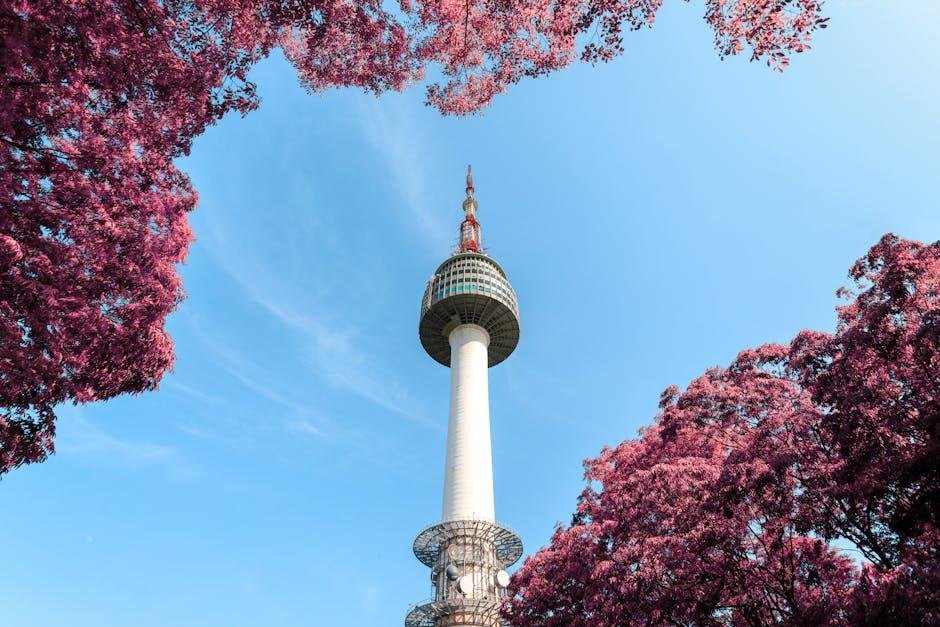In the vibrant mosaic of South Africa’s cultural landscape lies a treasure trove of linguistic diversity that captivates the soul with its melodic tapestry. A harmonious blend of indigenous tongues, colonial influences, and modern innovations, each language weaves a unique thread into the rich tapestry of South Africa’s linguistic heritage. Join us on a journey to explore the symphony of sounds that resound through the vibrant streets and rolling hills of this rainbow nation.
Exploring the Diverse Linguistic Landscape of South Africa
South Africa is a country rich in linguistic diversity, with 11 official languages reflecting the vibrant tapestry of cultures that make up the nation. Each language carries its own unique history and significance, adding depth and color to the country’s cultural landscape.
From the rhythmic tones of isiZulu to the clicking sounds of isiXhosa, the sounds of South Africa’s languages are like a melodic symphony that showcases the beauty of communication in all its forms. Whether it’s the poetic cadence of Sesotho or the expressive gestures of South African Sign Language, each language spoken in South Africa is a testament to the country’s commitment to embracing and celebrating its diverse linguistic heritage.
Unraveling the Musicality of Indigenous Languages
Exploring the rich musicality of South Africa’s indigenous languages unveils a captivating tapestry of sounds and rhythms that are deeply intertwined with the country’s diverse cultural heritage. Each of the 11 official languages of South Africa carries a unique melodic quality that reflects the history, traditions, and values of its speakers. From the click consonants of isiXhosa and isiZulu to the tonal inflections of Setswana and Sesotho, these languages possess a musical essence that goes beyond mere communication.
The musicality of South Africa’s languages is not limited to spoken words but extends to traditional songs, chants, and storytelling. Through music, indigenous languages come alive, conveying emotions, narratives, and oral histories that have been passed down through generations. The melodic nature of these languages adds an extra layer of depth and beauty to the cultural tapestry of South Africa, enriching the sonic landscape of the nation.
The Influence of Colonial History on South Africa’s Melodic Tapestry
South Africa’s diverse linguistic landscape is a reflection of its complex colonial history, resulting in a rich melodic tapestry that weaves together a multitude of languages and cultures. From the clicking sounds of isiXhosa to the melodic tones of isiZulu, each language brings its own unique rhythm and cadence to the country’s musical heritage.
Music has always played a central role in South African culture, serving as a means of expression, storytelling, and resistance. The fusion of traditional African melodies with European harmonies and rhythms during the colonial era has given rise to a distinctive sound that is both deeply rooted in tradition and constantly evolving. This blending of musical influences has created a truly unique and vibrant melodic tapestry that continues to shape the country’s cultural identity to this day.
Preserving and Celebrating the Rich Heritage of South Africa’s Languages
South Africa is a country known for its diverse cultural tapestry, which is beautifully reflected in the rich diversity of languages spoken throughout the nation. From Zulu to Afrikaans, each language carries with it a unique history and heritage that contributes to the vibrant mosaic of South African culture.
Through initiatives such as language preservation programs and cultural festivals, South Africa is actively working towards celebrating and safeguarding its linguistic heritage. These efforts help to ensure that future generations will continue to cherish and embrace the melodic tapestry of languages that make up the beautiful land of South Africa.
Insights and Conclusions
As the sun sets on the diverse landscape of South Africa, the harmonious blend of languages continues to weave a melodic tapestry that is as intricate and vibrant as the people who call this country home. From the rhythmic tones of Xhosa to the lyrical sounds of Zulu, each language adds its own unique thread to the cultural fabric of this nation. Through the power of language, South Africa’s rich history and traditions are preserved and celebrated, connecting the past with the present in a beautiful symphony of voices. So next time you find yourself wandering through the bustling streets of Johannesburg or the serene landscapes of the Eastern Cape, take a moment to listen to the music of the languages that surround you. For in their melodies, you will hear the heart and soul of a nation that is as diverse and colorful as the rainbow that arches over its skies.





